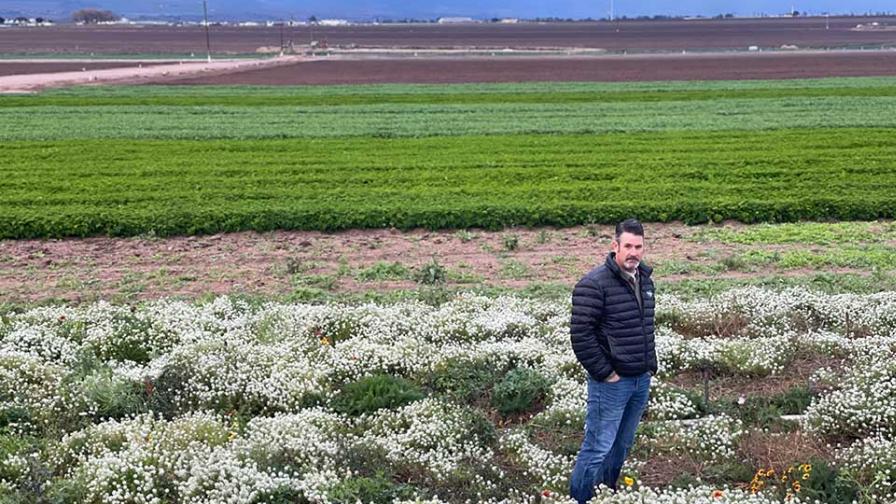Tough Sustainable Standards Are Driving Big Changes for Vegetable Growers
When you think of the most sustainable agricultural regions in the country, the Central Coast of California won’t top the list. That’s mainly due one of its major crops — leafy vegetables.
Why? For one, buyers expect lettuce to arrive “clean” of bugs, and the layered, crinkled leaves make aphids and other bugs feel cozy. Cue the pesticide regimens.
The other challenge is the short harvest intervals typical in the area. Baby leaf and even whole head lettuce mature quickly, allowing harvest to take place every 30 days in some cases.
The area grows a lot of leafy vegetables. A whopping 61% of the U.S. supply of leaf lettuce comes out of Monterey County. Such intensive farming makes it tough for operations to pursue aggressive sustainability measures.
Understand, however, operations in the area are constantly looking for ways to improve their impact on the environment. They always have. The county’s Farm Bureau reports irrigation use fell by 17% over the past two decades.
But growers now need to find ways to up their land and resources stewardship. They have a major challenge set for them.
Ag Order 4.0, a new set of regulations established by the Central Coast Regional Water Quality Control Board, went into effect in April 2021 and is forcing growers to rethink well-established growing practices.
Digging Deep for New Ideas
The new regulations set the bar very high. So high that even highly sustainable growers like Braga Fresh are uncertain they can live up to the demand.
“Some of the goals the Water Board has for us this year … my hope is that we are at a bit of an advantage. If we’re not, we’ll be pretty scared because we’re already doing so much,” says Eric Morgan, VP, Environmental Science and Resources of Braga Fresh.
Morgan says as the new standards roll out over the next few years, the county’s vegetable industry will need better technology to meet them.
“They are not attainable with current technologies,” he says. “I don’t know what those will be, but there is definitely a bit of a vacuum that has been created by the Ag Order for technology.”

Eric Morgan, Vice President, Environmental Science and Resources, is helping guide the operation to a more sustainable footing.
Photo courtesy of Braga Fresh
That’s quite the statement from a Salinas Valley grower. The region is one of the most technologically advanced vegetable growing locations in the U.S. Morgan told me he took a former boss from his high school years who was a grain farmer on a tour of the Valley.
“I told him about the seven different practices that took place in one day,” Morgan says. “In the morning they run the list in twice and they run the bed shaper twice. Then they plan it, then they spray it, and then they irrigate it. All in a day.”
The next few years will bring some incredible breakthroughs. It may be messy. It will definitely be painful for many. But agricultural technology is about to experience a turn in the fast lane.
Oh, One More Thing
In retail, when Walmart or Amazon dictate a new standard, it changes the industry. Likewise, when the Central Coast area dictates changes, it will trickle to other regions. That is because, like the giant retailers, Monterey County in California dominates in cool crops.
Here are some statistics from the Monterey County Farm Bureau.
Percent of Cool Crops Monterey County Produces for the U.S. (By pounds produced)
- Leaf Lettuce 61%
- Celery 57%
- Head Lettuce 56%
- Broccoli 48%
- Spinach 38%
- Cauliflower 30%
- Strawberries 28%










